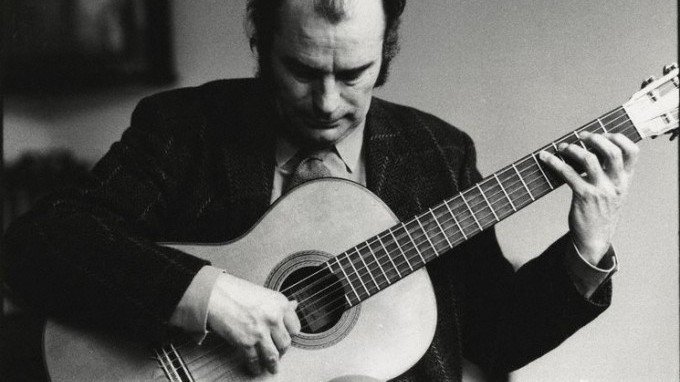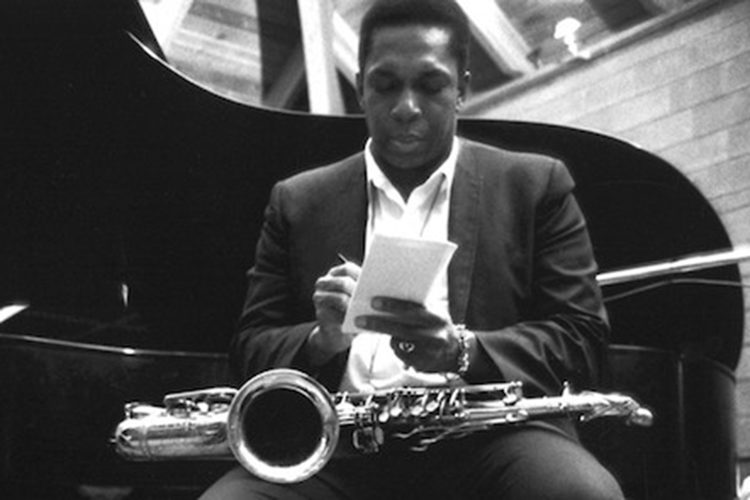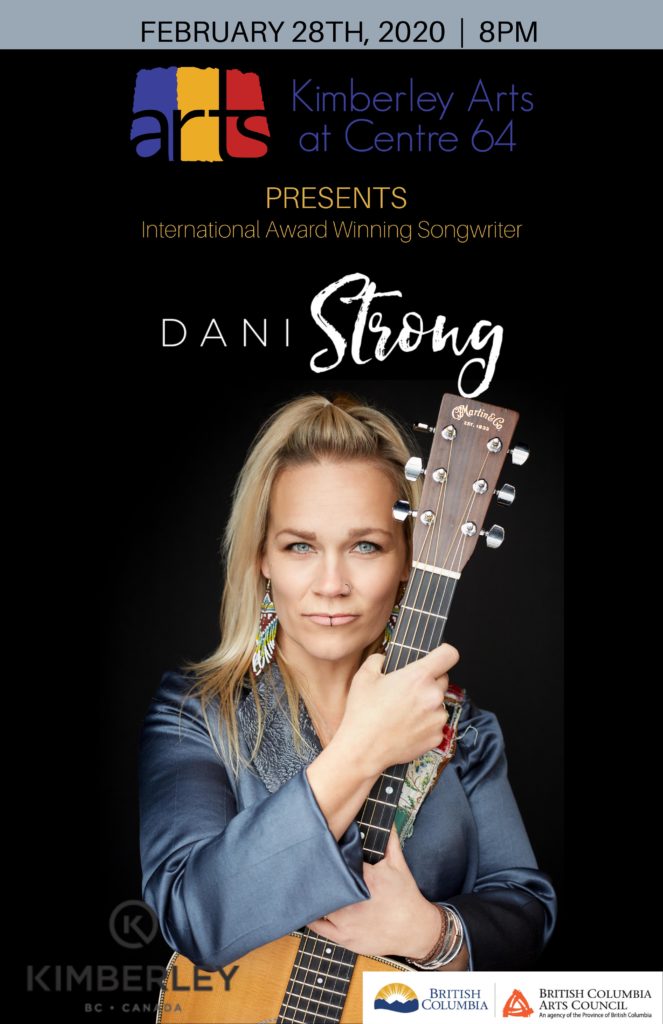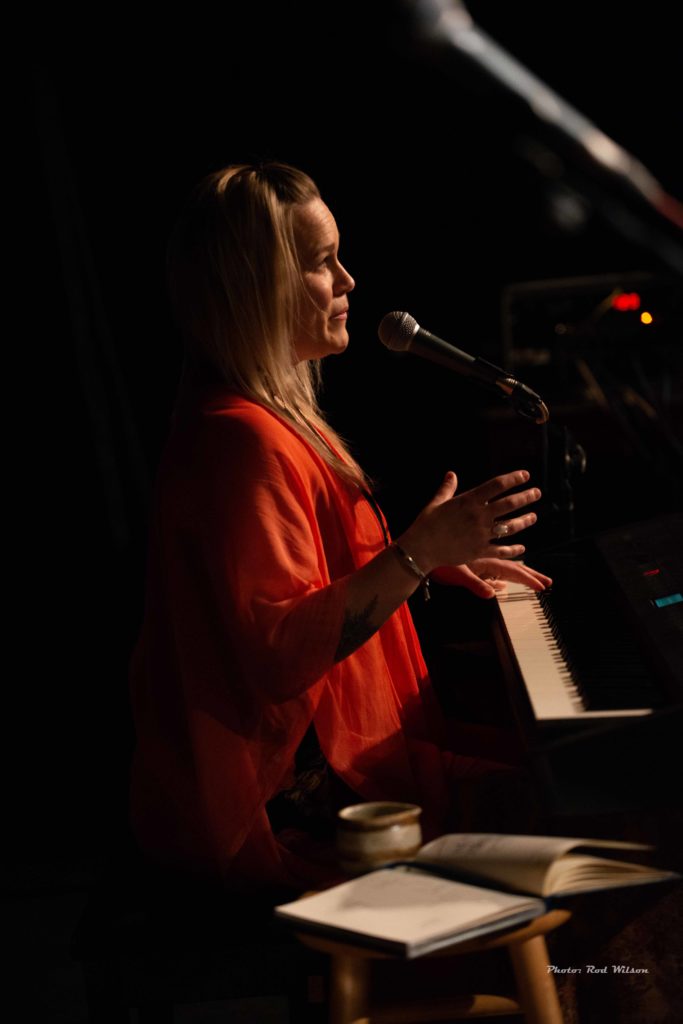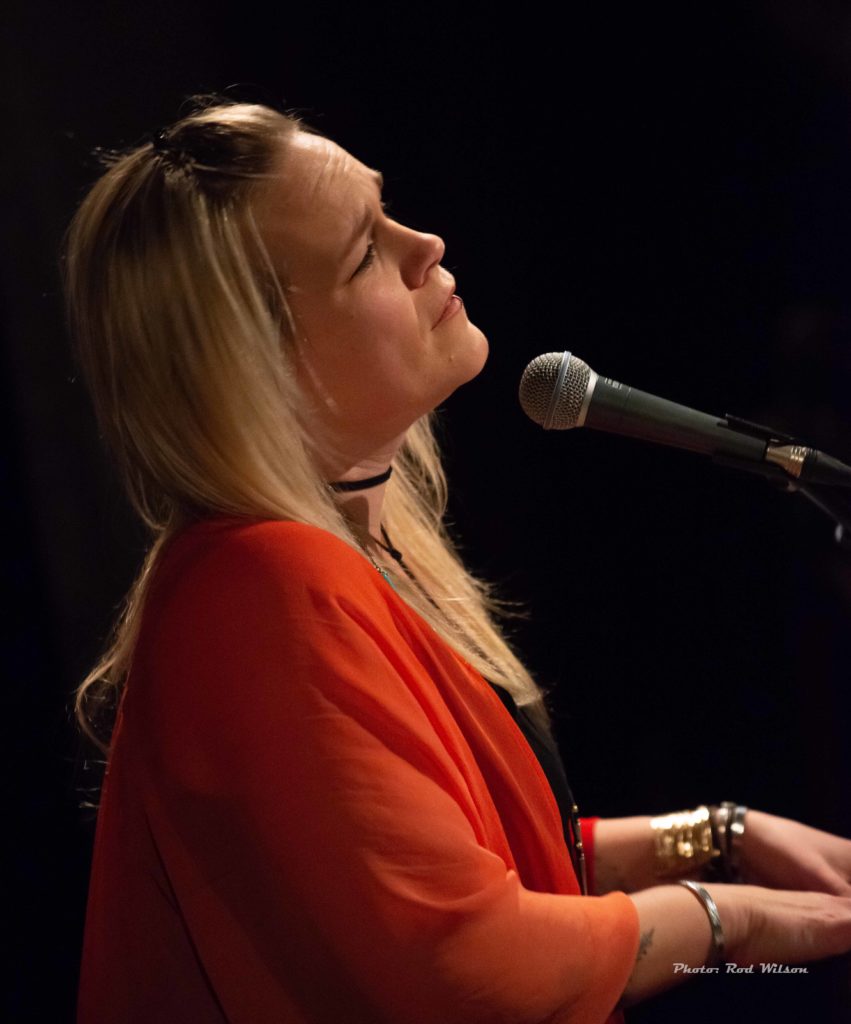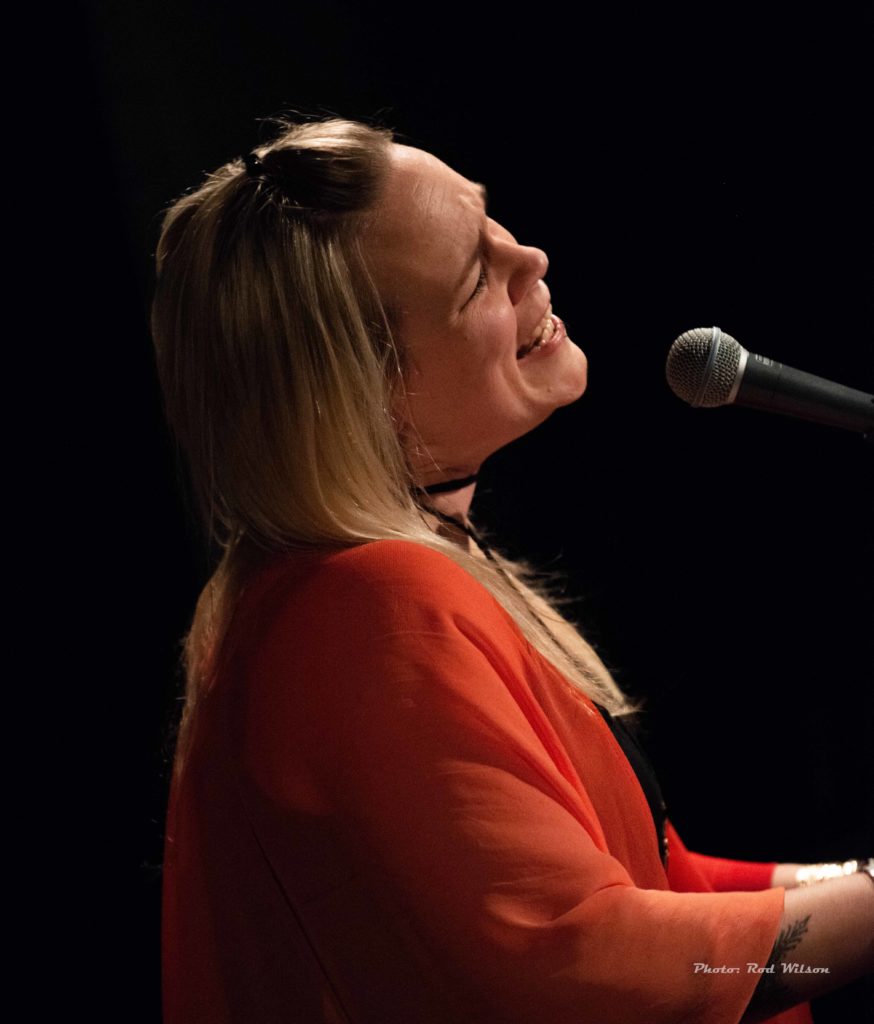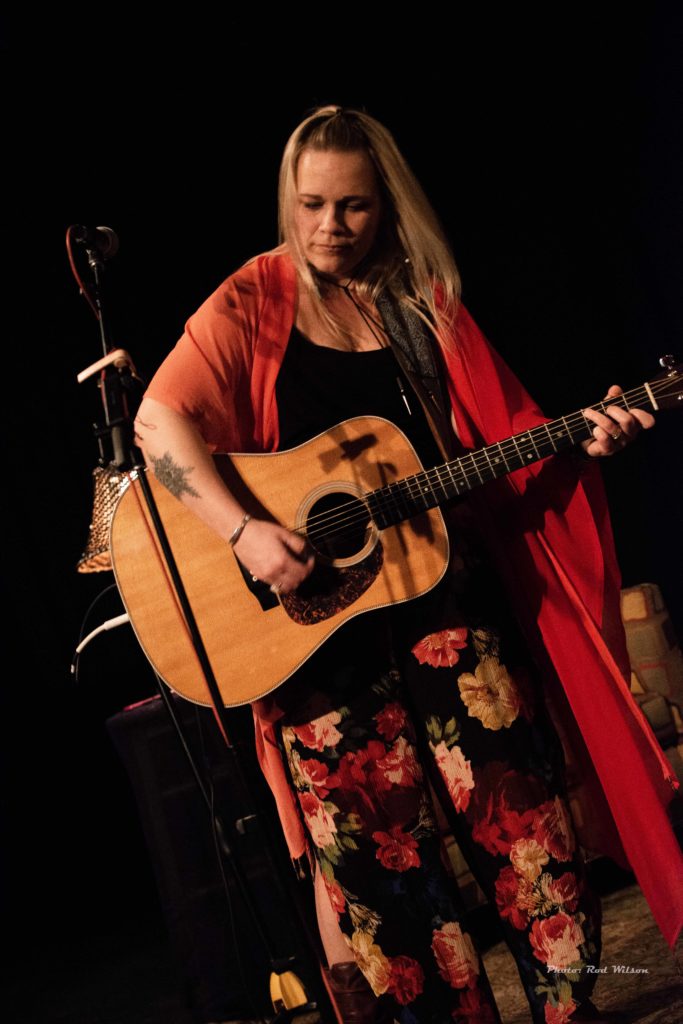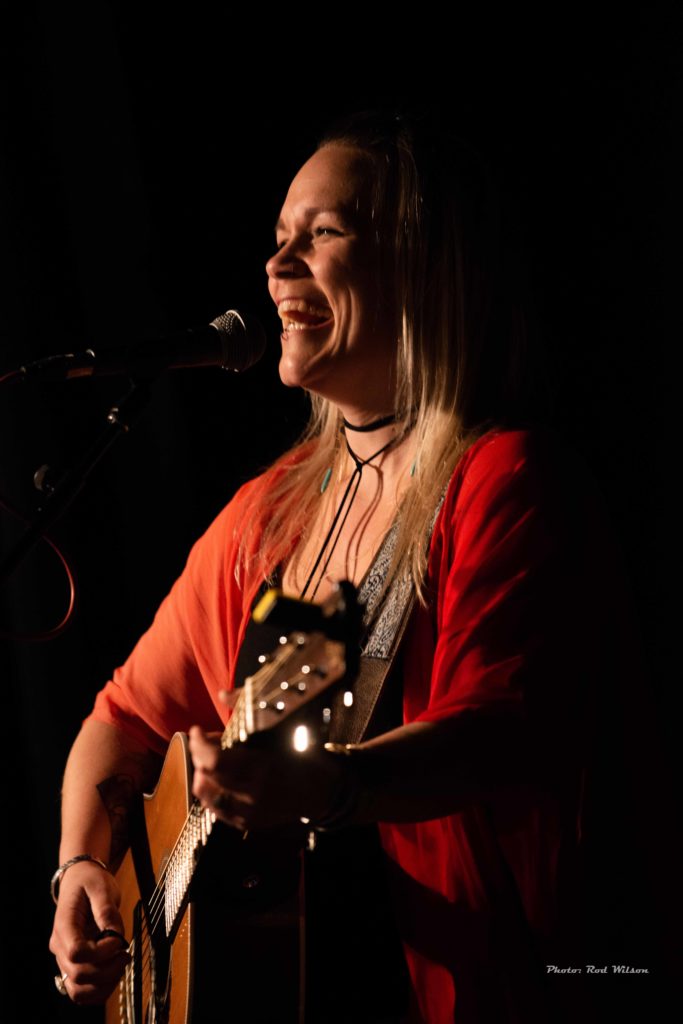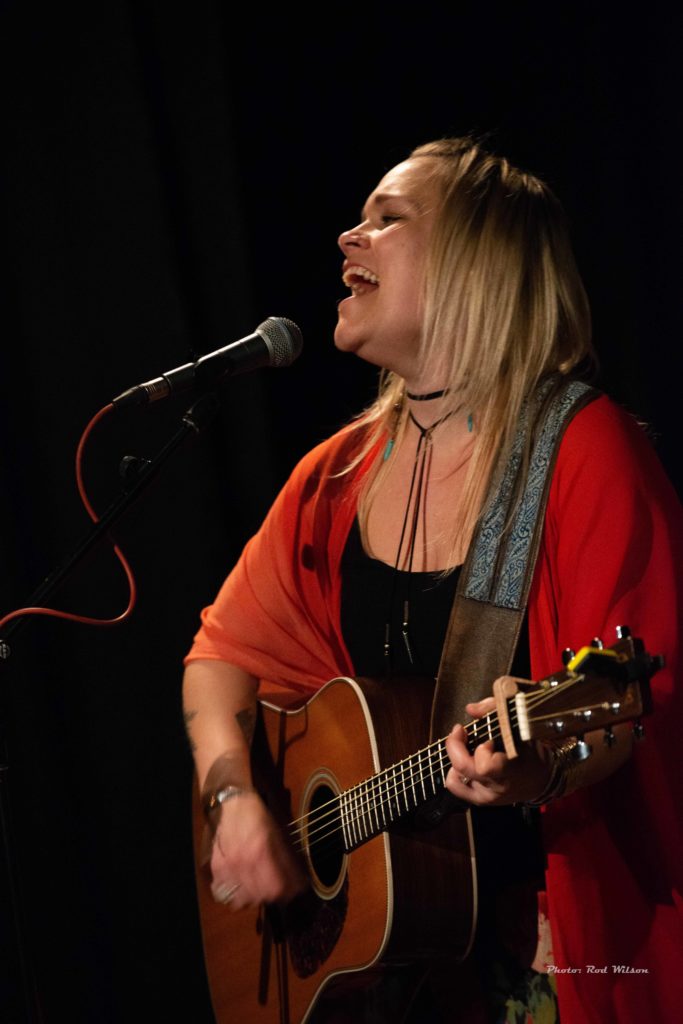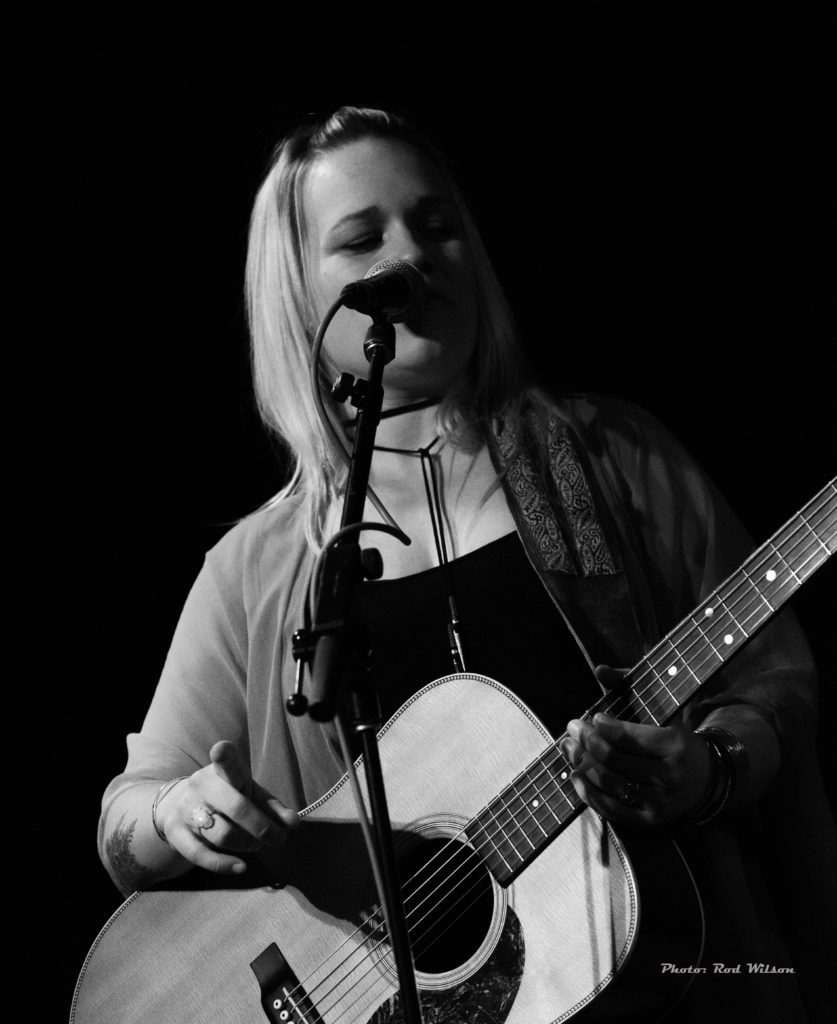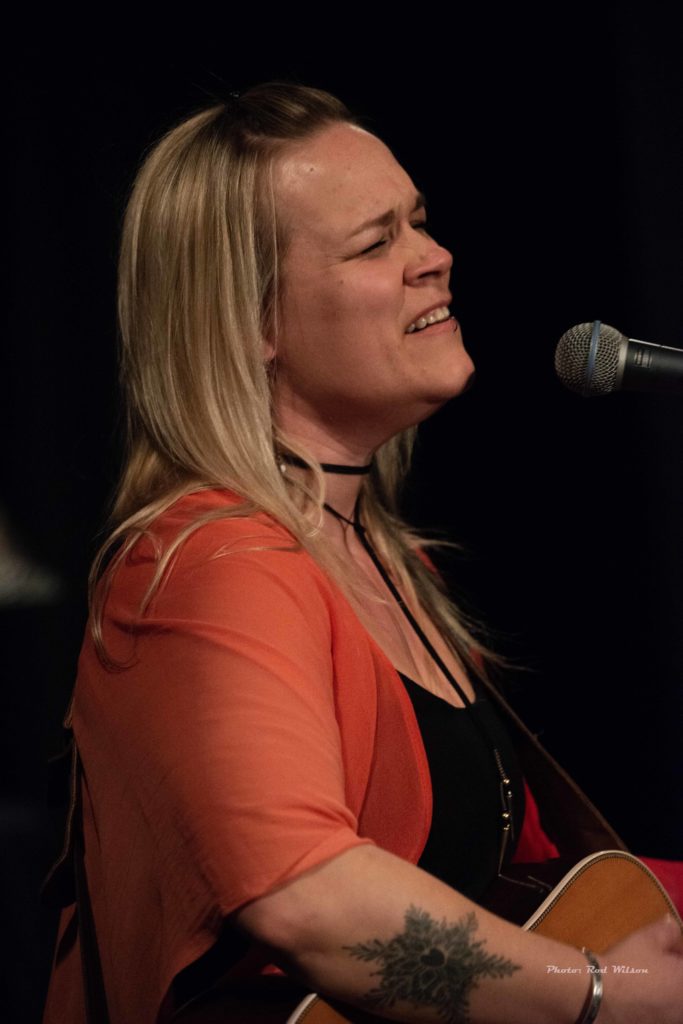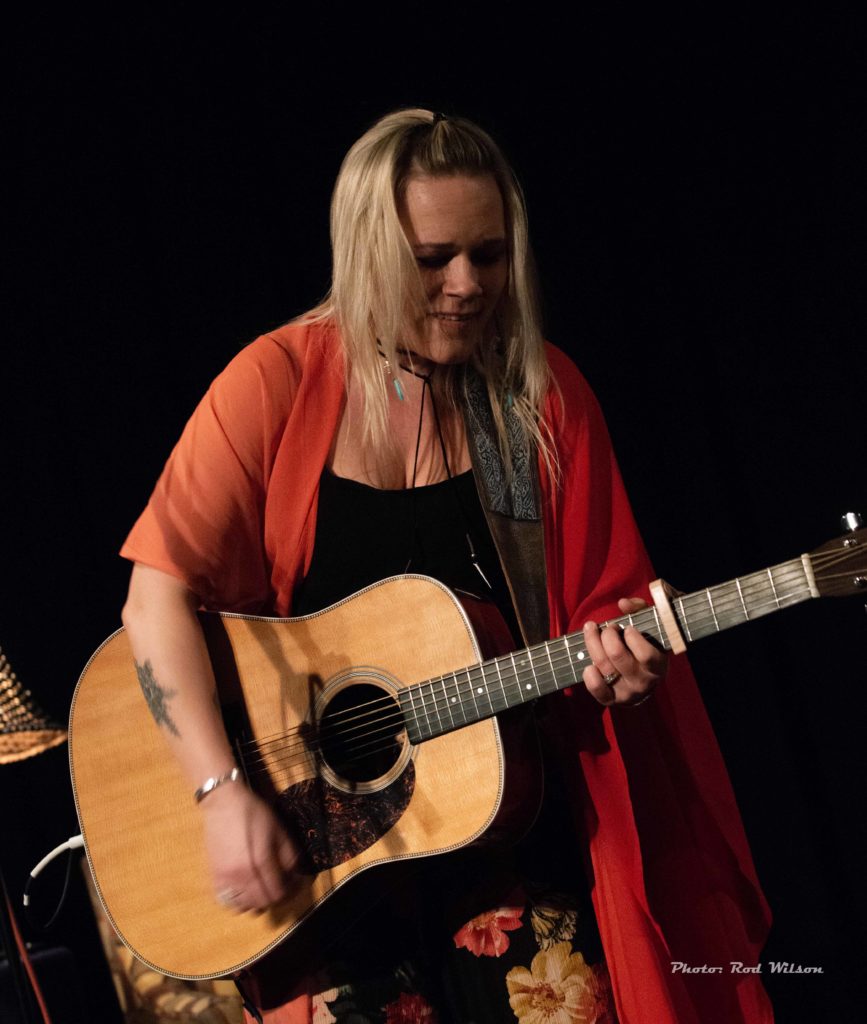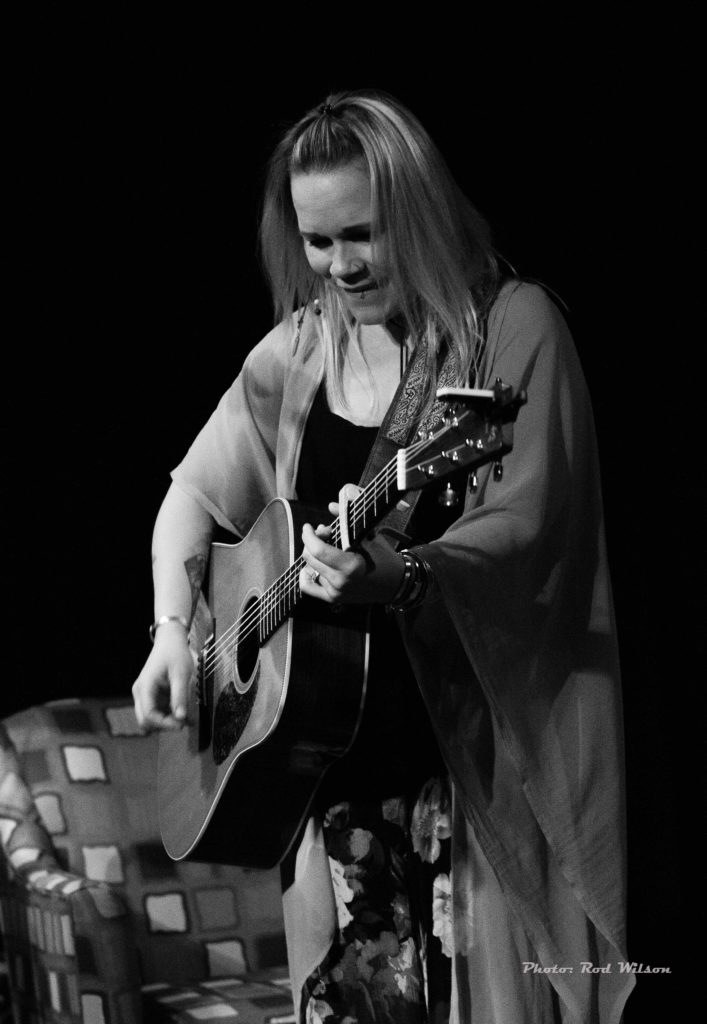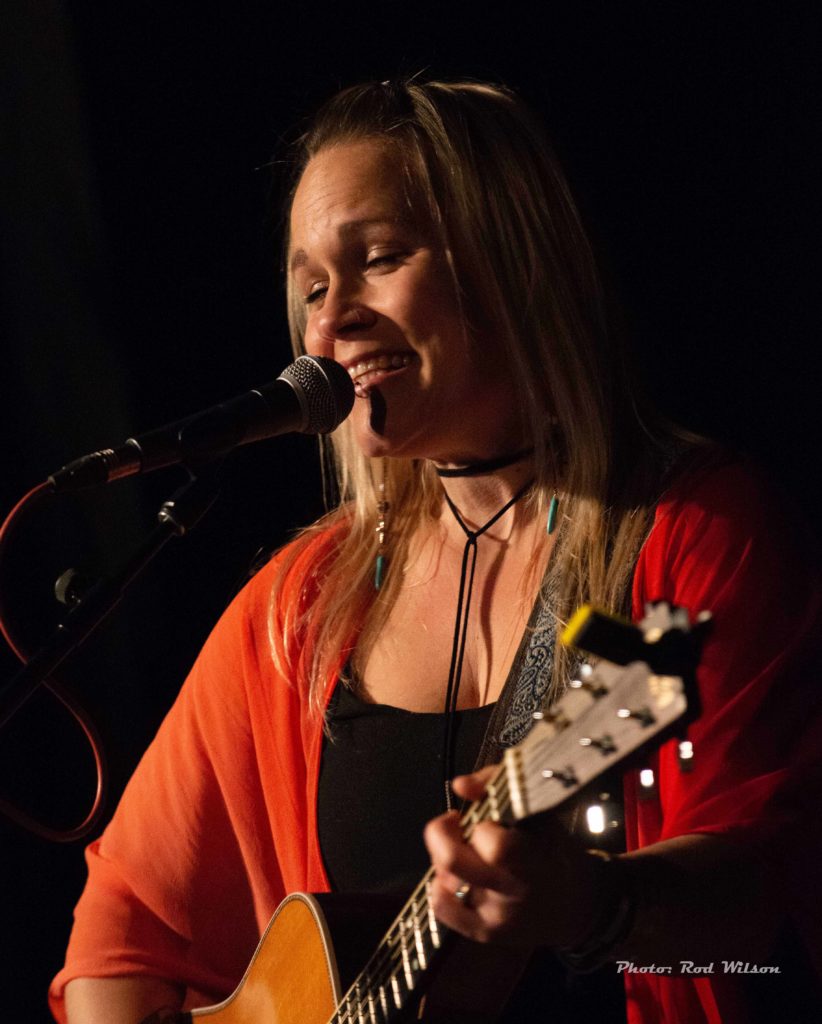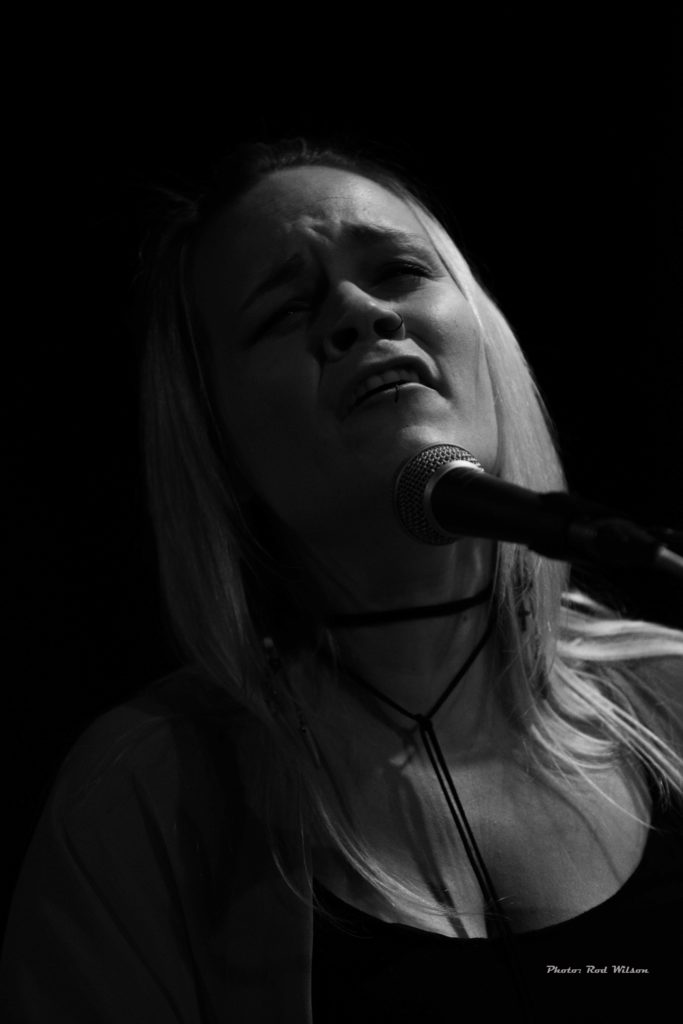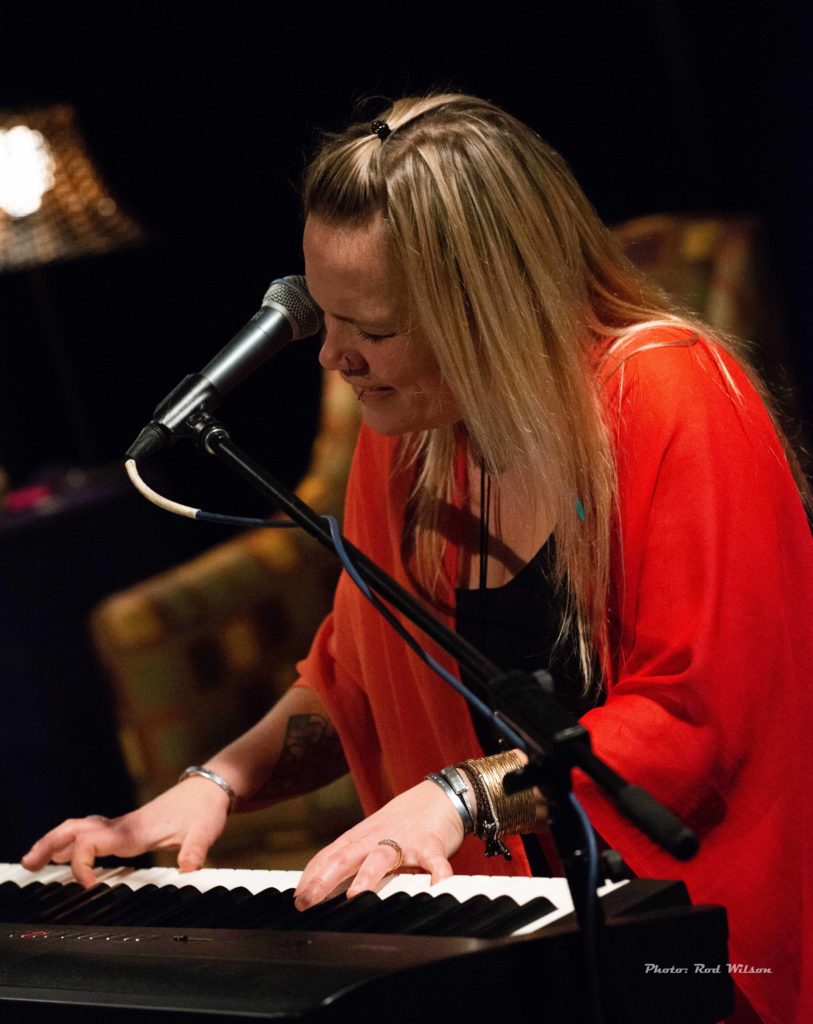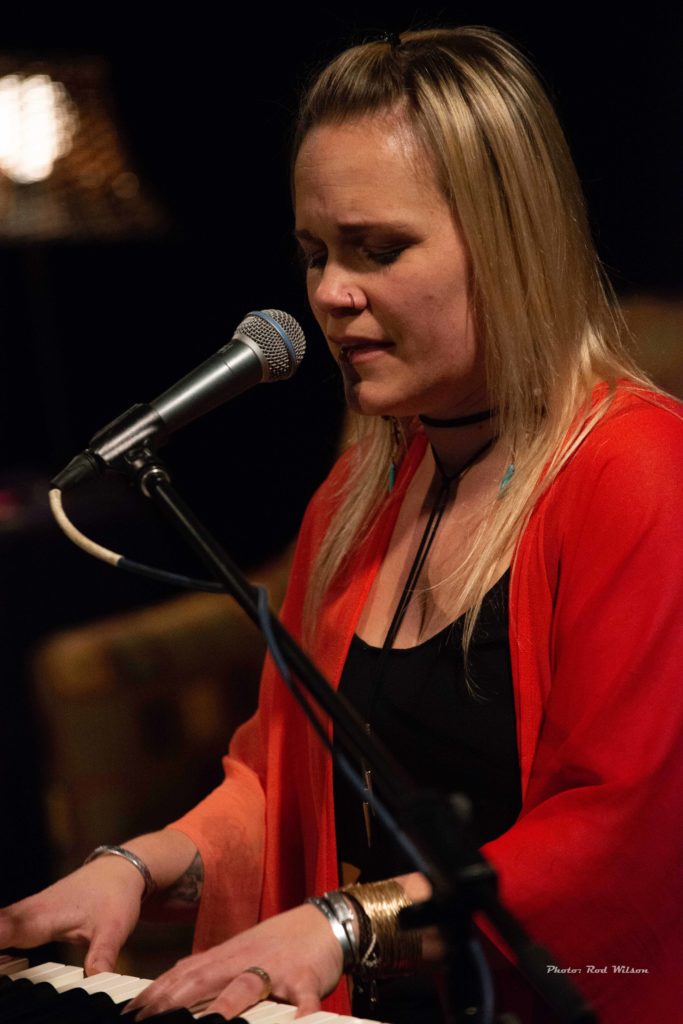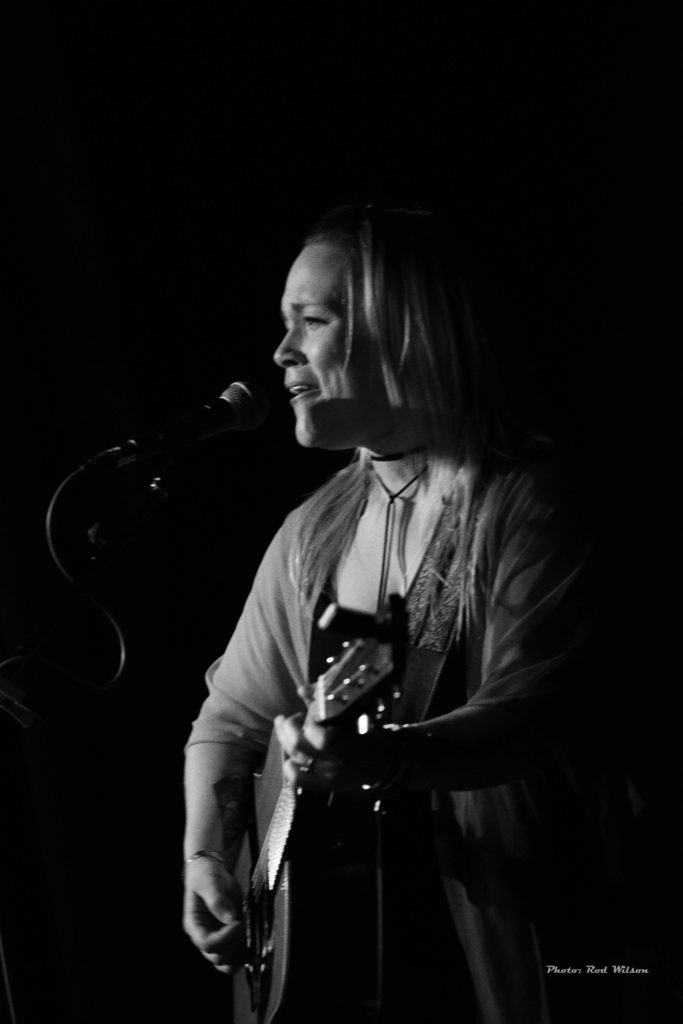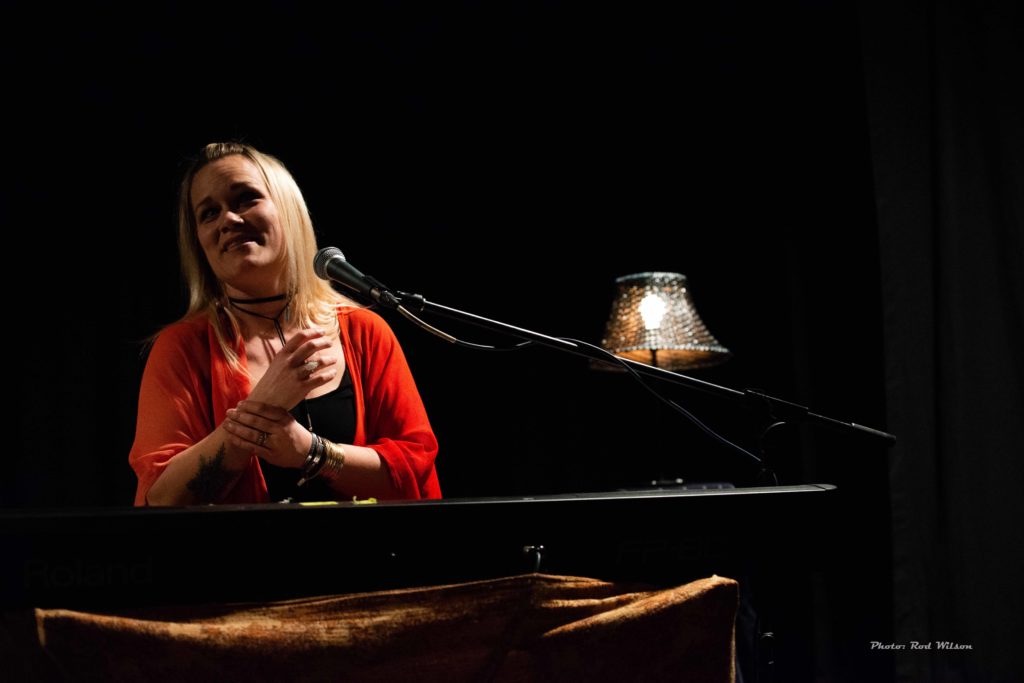Conventional wisdom has it that guitars are a certain shape, have six strings and generally tuned EADGBE (low to high). That is, by and large true but it is not set in concrete. The Arab Oud, the grand daddy of all guitar like instruments is a pear shaped, round back instrument with eleven strings and comes with a number of tuning systems (Arab, Syrian, Turkish etc). The Lute is the first European descendant of the Oud and it maintained the pear shape and the round back and also came in a number of string configurations and tunings. The first recognizable guitar shape was the Spanish Vihuela followed by the Renaissance Guitar, the Baroque Guitar, the Spanish Guitar and in the mid- twentieth century the solid body electric guitar. Modern Luthiers are constantly tinkering with the fundamental construction techniques and the string configuration of the modern guitar. Everything from types of wood, plastics, composite materials, strings and tuning systems are up for grabs. Here is a video that briefly outlines the mainstream history of the modern guitar………
followed by a number of YouTube videos with more details………..
This description and analysis of right hand “thumb under” and “thumb out” techniques used on the Renaissance Lute are very interesting when compared to modern classical guitar and finger picking folk styles of modern times . To a modern player the “thumb under” techniques would be considered awkward.
These configurations and variations that were involved in the mainstream development of the modern guitar are not the only possibilities that were explored over the centuries. There many interesting little side streams and eddies in the realms of folk music. One of the most interesting is the Portuguese Guitarra.
This is a six course flat backed lute like instrument that appears to have resulted from the importation and modification of the English lute or English Guitar into Portugal. That probably occurred around the time of Elizabeth I or later (This is supposition on my part). Physically the instrument features a unique peghead and tuning devices. Modern performers use a type of “thumb under” right hand technique aided by the use of attached thumb and finger picks. The instrument is the mainstay of the Portuguese Fado and as such seems to continue the melancholic traditions of Elizabethan English lute music.
Amongst the folkloric instruments there are the Cavaquino, the Ukulele, the Cuban Tiple and Tres; The Mexican Guitarron and Mexican Vihuela; The Andean Charango; The Russian Seven String Guitar; The Brazilian Seven String Guitar and, of course the modern 12 String Folk Guitar and Electric guitars. The list does not end there. Any exploration of ethnic music is likely turn up many similar guitar like instruments. As mentioned earlier, even In the Classical Guitar world Luthiers are constantly experimenting with ways to extend the range and tonal possibilities of the instrument by adding more strings and tuning possibilities.
@@@@@@@@@@@@@@



